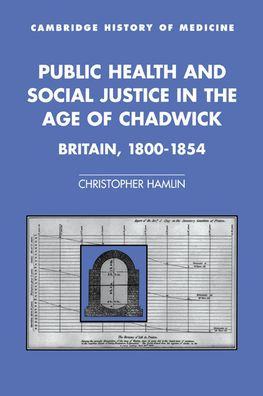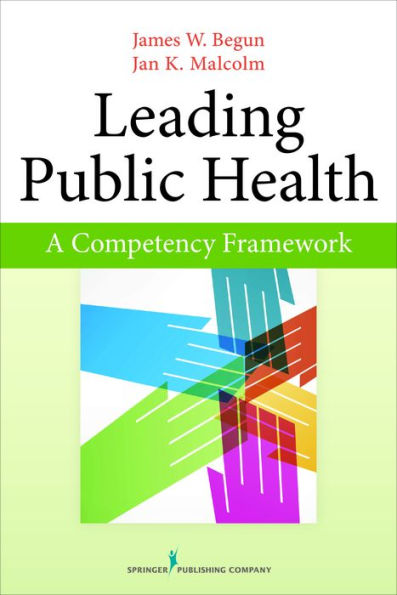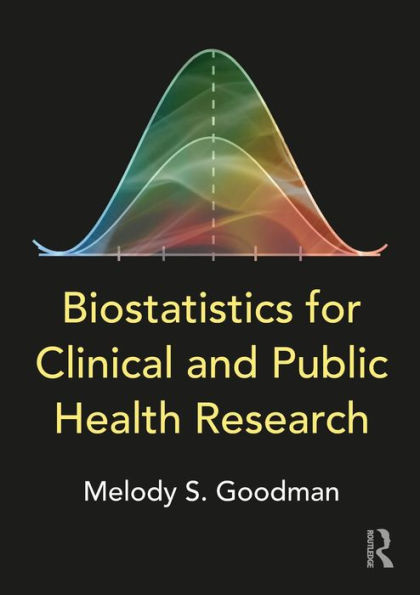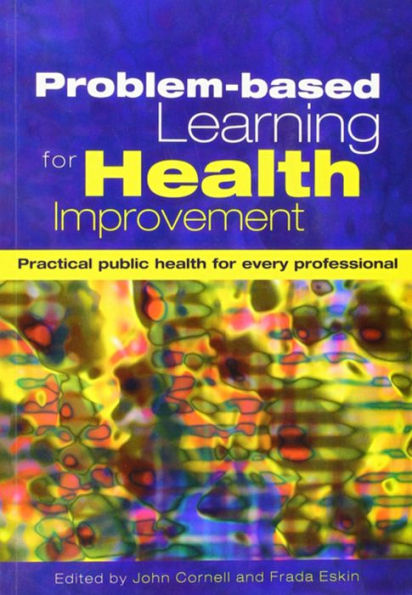Home
Public Health and Social Justice in the Age of Chadwick: Britain, 1800-1854 / Edition 1
Loading Inventory...
Barnes and Noble
Public Health and Social Justice in the Age of Chadwick: Britain, 1800-1854 / Edition 1
Current price: $146.00


Barnes and Noble
Public Health and Social Justice in the Age of Chadwick: Britain, 1800-1854 / Edition 1
Current price: $146.00
Loading Inventory...
Size: OS
*Product Information may vary - to confirm product availability, pricing, and additional information please contact Barnes and Noble
The 1830s and 1840s are the formative years of modern public health in Britain, when the poor law bureaucrat Edwin Chadwick conceived his vision of public health through public works and began the campaign for the construction of the kinds of water and sewerage works that ultimately became the standard components of urban infrastructure throughout the developed world. This book first explores that vision and campaign against the backdrop of the great "condition-of-England" questions of the period, of what rights and expectations working people could justifiably have in regard to political participation, food, shelter and conditions of work. It examines the ways Chadwick's sanitarianism fit the political needs of the much-hated Poor Law Commission and of Whig and Tory governments, each seeking some antidote to revolutionary Charitism. It then reviews the Chadwickians' efforts to solve the host of problems they met in trying to implement the sanitary idea: of what responsibilities central and local units of government, and private contractors, were to have; of how townspeople could be persuaded to embark on untried public technologies; of where the new public health experts were to come from; and of how elegant technical designs were to be fitted to the unique social, political and geographic circumstances of individual towns. Rejecting the view that Chadwick's program was a simple response to an obvious urban problem Professor Hamlin argues that at the time a "public health" focusing narrowly on sanitary public works represented a retreat of public medicine from involvement with the great social issues of the Industrial Revolution. In exploring the views of medical men who were critical of Chadwick, Hamlin suggests the parameters of a public health that might have been, in which concern for health and well-being becomes the foundation of a public medicine that is a principal guarantor of social justice. This book offers modern public heatlh professionals elements of a forgotten professional heritage that might be useful in responding to the bewildering range of health problems we now confront.


















